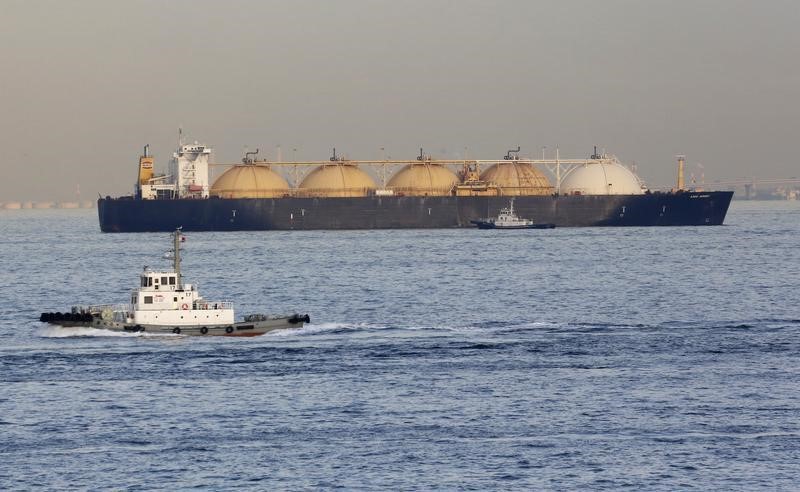In the darkening landscape of the U.S. energy market, natural gas producers are staring down the barrel of a tough decision: slash output or risk spiraling deeper into the abyss of plummeting prices. Over the past two months, the price of natural gas has nosedived by a staggering 40%, sending shockwaves through an industry that thrives on volatility but fears collapse.
The Henry Hub gas futures, once the bellwether of market health, have slumped to a chilling $2 per million British thermal units (mmBtu). But the situation is even grimmer in West Texas, where Waha prices have dipped into the unthinkable—negative territory—a record number of times in 2024. It’s as if the market itself is gasping for air, suffocated by a lethal combination of oversupply and unexpectedly mild summer temperatures that have sapped demand.
EQT Corporation (NYSE:EQT), a titan among U.S. gas producers, isn’t sitting idly by. The company’s CFO, Jeremy Knop, revealed that EQT has strategically embedded a massive 90 billion cubic feet equivalent of potential curtailments for the fall season. This isn’t just a defensive move; it’s a high-stakes bet that the market’s current malaise might linger. EQT is bracing to pull back if the storm doesn’t clear.
In Houston, the mood is similarly tense. Apache Corporation (NASDAQ:APA) has already tightened the spigot, cutting 78 million cubic feet per day (mmcfd) of gas production in Q2 as the Permian Basin’s pricing extremes made business as usual untenable. Stephen J. Riney, Apache’s CFO, ominously hinted at more cuts on the horizon, with an additional 90 mmcfd at risk in the third quarter. The Permian, once the crown jewel of U.S. energy, is now a battleground where survival means knowing when to retreat.
And then there’s Chesapeake Energy (NYSE:CHK), soon to be the largest U.S. gas producer following its merger with Southwestern Energy (NYSE:SWN). Chesapeake is playing the long game, opting to delay well completions—a move calculated to wait out the storm until the market regains its equilibrium. This is no small gamble; it’s a waiting game for the anticipated surge in liquefied natural gas (LNG) demand, a lifeline that could elevate prices back to profitable levels. Robert Wilson, VP of analytics at East Daley, echoes this strategy, noting that timing is everything in a market teetering on the edge.
Antero Resources (NYSE:AR) and EOG Resources (NYSE:EOG) are singing the same tune, choosing to cut back rather than overextend in this precarious climate. Meanwhile, Coterra Energy (NYSE:CTRA), which had briefly resumed production at the end of Q2, is now tightening its belt once more. Blake Sirgo, Coterra’s senior VP of operations, warns that more cuts are likely as summer contracts taper off and the so-called “shoulder season” approaches—a period where demand typically wanes even further.
Amid this chaotic scramble, the U.S. Energy Information Administration (EIA) offers a glimmer of perspective but little comfort. Their August report predicts U.S. natural gas output will average around 103.3 billion cubic feet per day (bcfd) this year—a slight downgrade from July’s forecast of 103.5 bcfd and below last year’s 103.8 bcfd. It’s a subtle but significant shift, underscoring the growing sense that the industry might be in for a rougher ride than anyone anticipated.
As the market teeters on the edge, producers are forced to navigate a labyrinth of challenges, each twist and turn fraught with risk. The coming months will reveal whether these strategic cutbacks are enough to stabilize the market or if the industry is headed for an even darker chapter.

